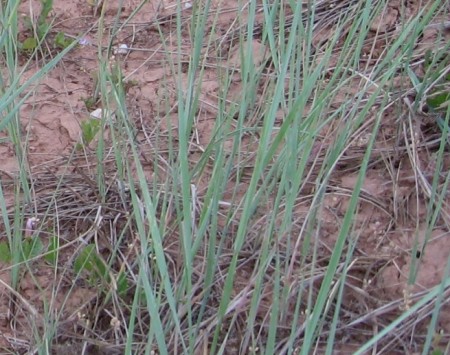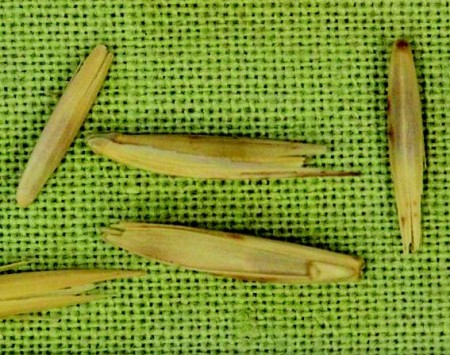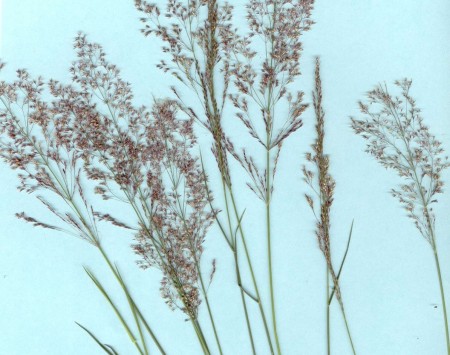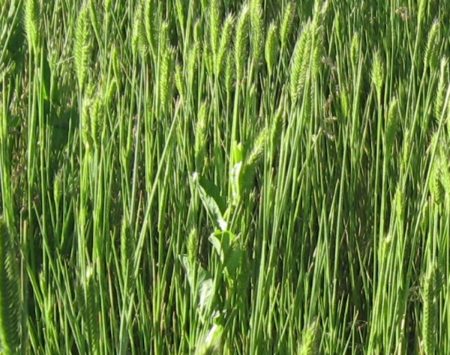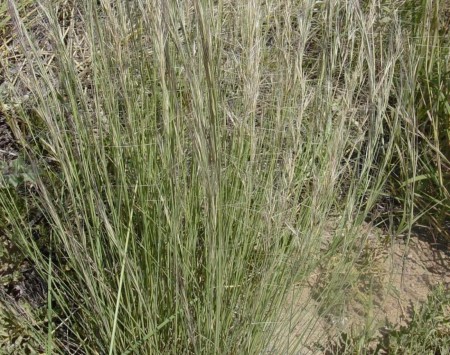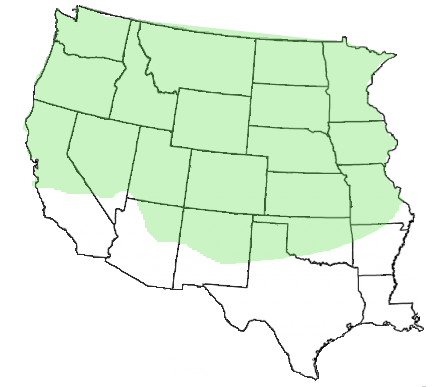 Pascopyrum smithii, Western Wheatgrass
Pascopyrum smithii, Western Wheatgrass
(old nomenclature: Agropyron smithii) (Native)
Medium height, 1 – 3 ft. tall, drought-tolerant, long-lived, strongly-rhizomatous, sod-forming, cool-season grass. Grows on most soil types but does best on medium to clay textures. Salt-tolerant and moderately acid-tolerant. One of the best species for erosion control because of its extensive fibrous roots and rhizomes. Late maturing and palatable. Excellent species for range, watershed and wildlife habitat improvement and many types of reclamation. Minimum precip. is 7 – 10 inches. Plant fall or spring ¼ – ½ inch. deep. 114,000seeds/lb.
Named Releases: ‘Rosana’ (Cultivar) Released by the PMC, Bridger, MT in 1972. Northern type western originating from east-central MT near Forsythe. Selected for good seedling vigor and ease of establishment. Recommended for restoration of adapted sites in the northern Great Plains and Intermountain Regions.
‘Arriba’ (Cultivar) Released in 1973, Origin is from near Flagler, CO. Intended use is for forage, reclamation and conservation plantings in the southern and central western US.
‘Barton’ (Cultivar) Released in 1970 from and accession in Barton Co., KS. Selected for superior forage production, strong rhizome production and excellent disease resistance.
‘Recovery’ (Cultivar) Released in 2009 by the Logan, UT ARS, US Army, NRCS in Aberdeen, ID. Bred and selected from 14 germplasms to develop a cultivar with superior and faster seedling establishment than other cultivars. Recommended uses is for revegetation of disturbed land on semi-arid land of the west.
USDA: Plant Profile | Plant Guide | Fact Sheet

